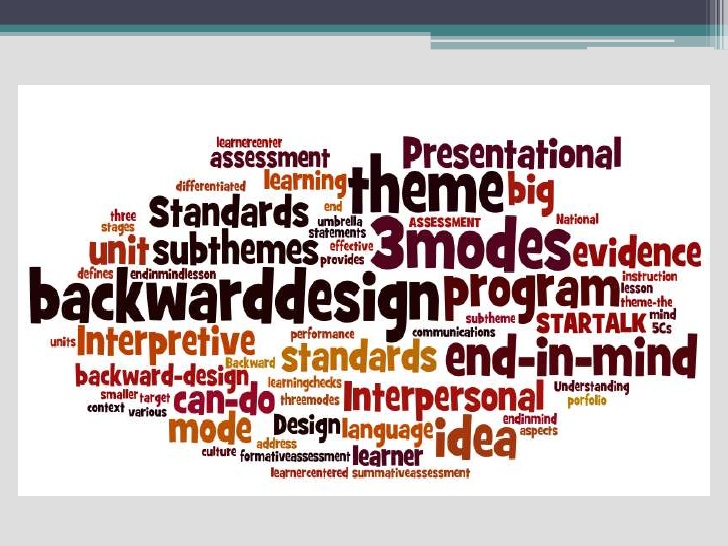There’s nothing worse than going through a training, getting to the assessment, and realizing most of the learned content is inapplicable. How do we rectify that as learner experience designers? We plan with the end in mind: backward design.
Backwards design should be planned with the final assessment in mind. Having worked as a primary educator, lesson planning was always easier when I remained objective-based. At the start of my teaching career, I enjoyed planning. However, I found that the actual execution of those lessons was difficult. During planning, I’d start from the beginning and work my way through to the end. I would plan the lesson, and subsequently think of the objective. I didn’t realize the negative impact of this approach for my students and my instruction.
I navigated the lay of the land as a teacher. It became apparent that if I didn’t have end goals in mind for my students, then I wasn’t as effective of an instructor. Had I continued with my old planning methods, my lessons would have felt like winding roads leading to nowhere. I did my research. I consulted with the ‘veterans.’ I kept receiving the same message: plan backwards and your instruction will be more focused!
Learner experience designers should adopt the same approach. I understand the term “backward design” can seem a bit broad. Hence, I’ve outlined 3 components of backward planning below:
Identify Desired Results
What do you want learners to know and how will they get there? This question can seem ___ in the initial planning phase. Trust me, it’s necessary. I can’t tell you how many times I overlooked this very preliminary thought. I would think I understood the desired result of my lesson based on the topic/subject matter. However, several smaller understandings lie within a topic of study. For example, teaching a lesson on the causes of the American Revolution, you may wish for students to know that the British imposed taxation on American colonists. Ok. Great. Now how do they get there? A well though-out lesson would include an objective that learners will be able to analyze historically fictionalized literature. Be mindful of both the destination and the road to get there.
Determine Acceptable Evidence of Learning
As a student, assessments were my absolute least favorite word. As an educator, I love them. They’re one of the only tangible pieces of evidence I can gather to gauge the effectiveness of my instruction. The more you assess, the more evidence you have. As most learners cringe at the idea of being tested, our assessments need to be engaging. Trick your learners into completing dreaded assessments. Education Consultant Margie Jorgensen talks “Building Compelling and Engaging Assessments and Formative Instruction”, shedding light on the DreamBox digital solution that gamifies assessments for children. Make content delivery reflective by requesting learner feedback throughout the learning experience. As you create assessments and reflections, ask yourself “What evidence will show that students understand?” From there, assessment writing should make more sense.
Design Learning Experiences & Instruction
I find this to be the fun part. I expect you will too. Here is where you get to paint the picture of what instruction will look like and how it’s delivered. I like to go into a planning session with a mental image of what my classroom will look and feel like for the lesson. How quickly do I want students to master content? Will there be any elements of surprise to my instruction? Are students going to work independently or interactively? I even map out details down to what the noise level and aesthetic layout of the room will be. Your Learning Experience Designer title is most literally exercised here. LxDs should ask themselves ‘What is the sequence of teaching and learning experiences that will help learners demonstrate the desired understandings?’. With our backwards design caps on, remaining entirely objective-based, we can construct a learning experience that is both effective and engaging.
What are your thoughts on backward design and its effectiveness? Share your thoughts below!

